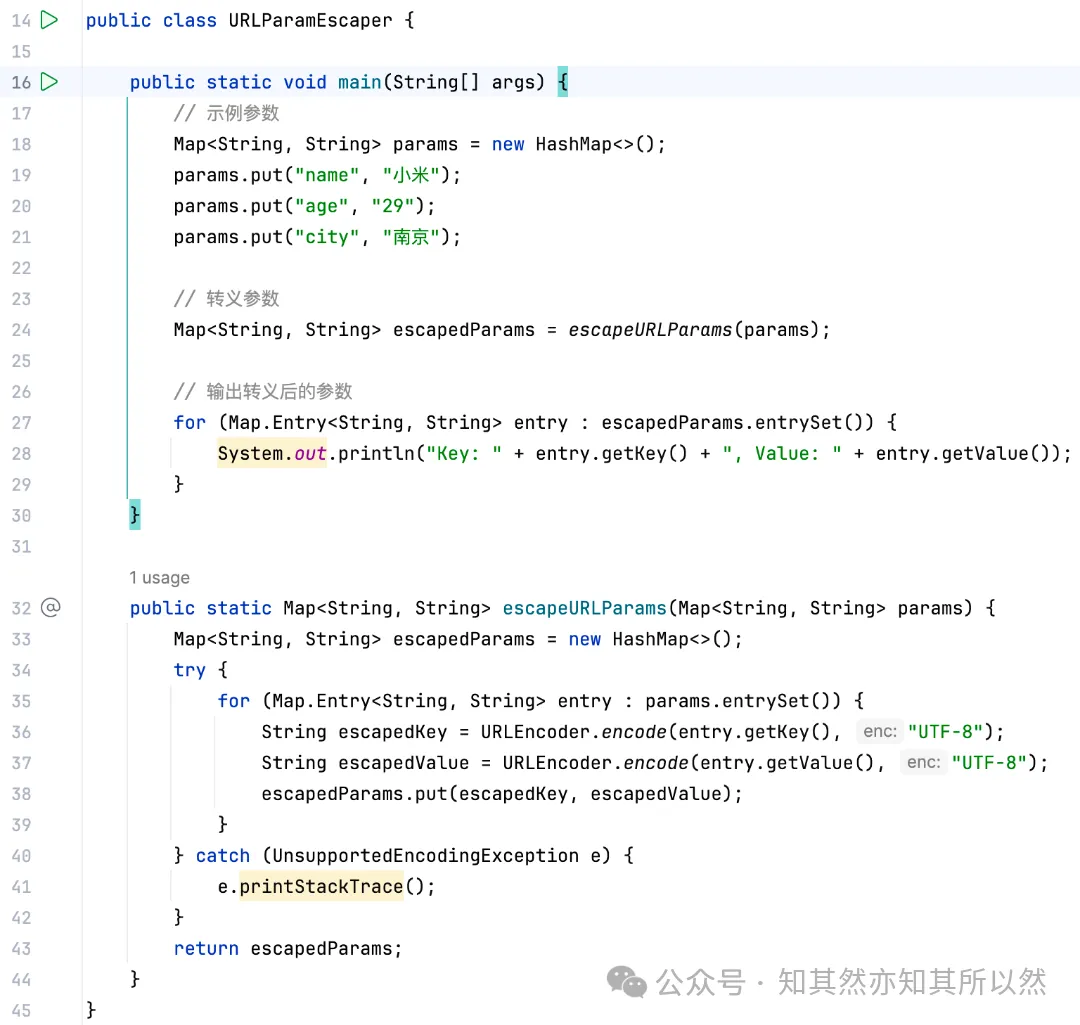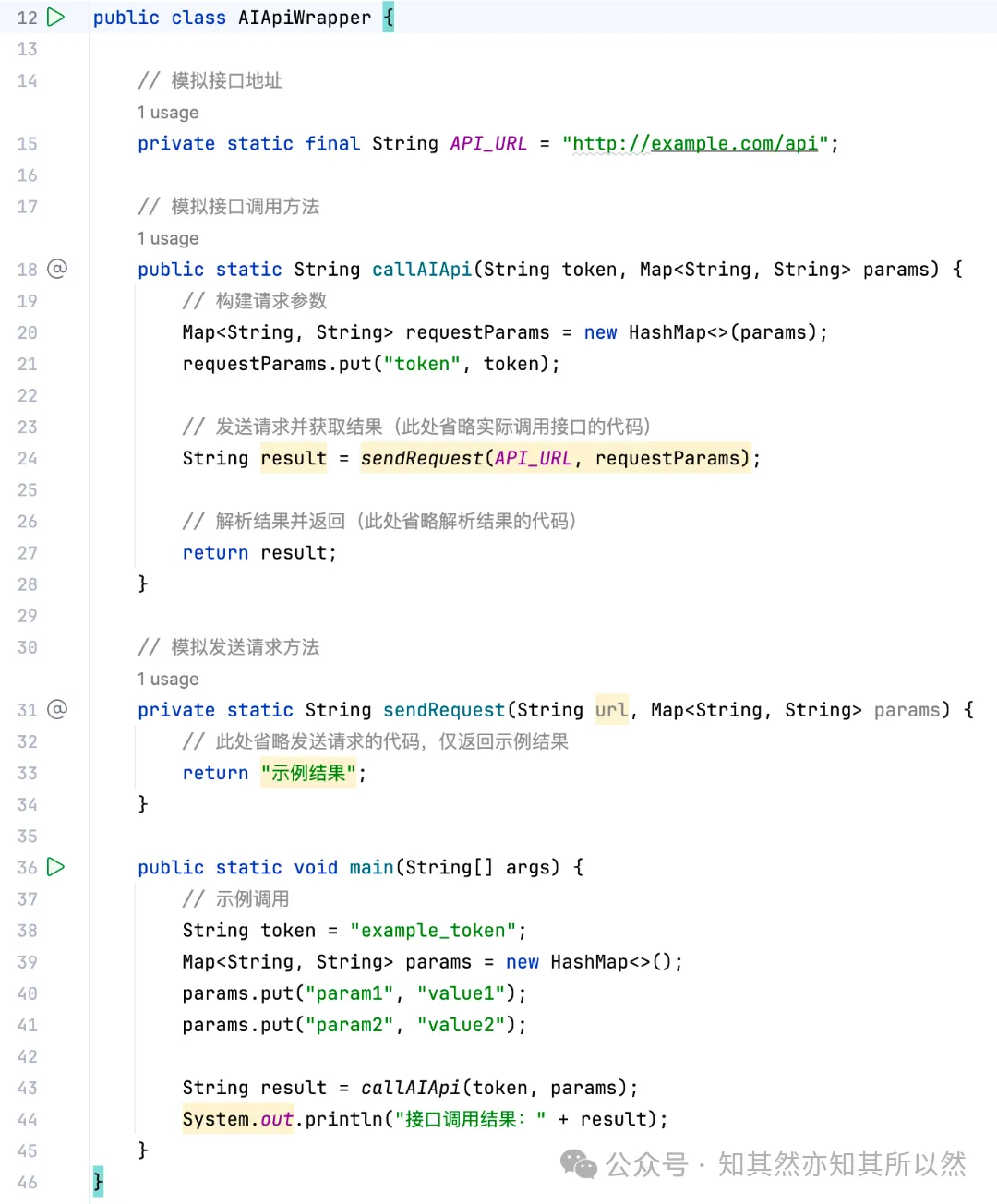Home >Technology peripherals >AI >Solve the problem of AI interface calling and make e-commerce smarter!
Solve the problem of AI interface calling and make e-commerce smarter!
- 王林forward
- 2024-04-09 14:34:06774browse
Introduction
Dear Xiaomi fans, hello everyone!
As the times progress, artificial intelligence (AI) technology is developing at an unprecedented speed and scale, and it has profoundly changed the way we live and work. In this exciting moment, our company is also actively following the pace of the times, constantly exploring and innovating, and striving to achieve integration with AI technology to enhance the intelligence level of our e-commerce services. The development of artificial intelligence has brought many opportunities to achieve more efficient production and services, and to provide a more personalized and accurate user experience. We are actively investing in research, development and application of AI technology to enhance the intelligence level of our e-commerce services. By introducing AI technology, we can better understand user needs, provide better recommendations and services, and achieve more efficient operations and management. AI technology is not only
As an e-commerce company, one of our core goals is to provide users with a more intelligent and convenient shopping experience. In order to achieve this goal, we are not only committed to optimizing the product recommendation algorithm and user experience, but also actively exploring the possibility of combining merchant-related data with AI technology. However, during this process, we encountered a challenge: in the three-party interface communication with AI, the format of obtaining the token was unsatisfactory, and characters escaped from URL parameters needed to be transmitted, which brought a lot of trouble to the development work. In order to solve this problem, we decided to adopt a more efficient and reliable way to obtain tokens. We will redesign the three-party interface communication part with AI to make sensitive information more secure during transmission by encrypting and decrypting data. At the same time, we will also perform performance optimization and error handling to improve the stability and reliability of the overall system. Through this improvement, we believe that we can better leverage the potential of combining merchant-related data with AI technology to provide users with a more intelligent and convenient shopping experience. We will continue to work hard to optimize and innovate to meet user needs and expectations.
For this problem, our team conducted in-depth discussions and explorations, and proposed the following three solutions to better deal with this challenge: In response to this problem, Our team’s solution
Option 1: Automated escaping tool
is used to convert URL parameters that need to be transmitted in interface requests. To solve the problem of unambiguous characters, we can develop a set of automated escaping tools. Through this tool, we can automatically process the characters that need to be escaped before sending the request, thereby avoiding the tediousness and errors caused by manual operations. In this way, it can not only improve development efficiency, but also reduce potential errors and ensure the stability and reliability of interface communication.
The following is a simple sample code that demonstrates how to implement an escape function to handle escaped characters in URL parameters:
 Picture
Picture
The above example code demonstrates a simple Java tool class, in which the escapeURLParams method is used Escape special characters in parameters. In actual applications, we can optimize and expand according to specific needs and interface requirements to ensure that the escape tool can meet our actual needs.
In specific use, we can call the escapeURLParams method to escape parameters, and then use the escaped parameters for interface calls.
Option 2: Customized interface encapsulation
We can customize and develop a Socket packaging tool. Through this tool, we can encapsulate the complexity of interface calls, provide a simple and easy-to-use interface call method to the outside world, and shield the underlying implementation details, so that developers only need to focus on business logic without caring about specific interface call details. In this way, it can not only reduce the difficulty of interface calling, but also improve development efficiency and speed up product iteration.
The following is a simple Java sample code that demonstrates how to implement a customized interface encapsulation class to call the AI interface:
 Picture
Picture
The above sample code demonstrates a simple customized interface encapsulation class, in which the callAIApi method uses To call the AI interface. In actual applications, we can optimize and expand based on specific interface calling requirements and business logic to ensure that the interface encapsulation class can meet our actual needs.
Option 3: Cooperate with the AI interface provider to optimize
In response to the problem that the acquisition token provided by the AI interface provider is a get request, and the request parameters need to transmit URL parameter escaped characters, we can actively cooperate with them Cooperate to optimize interface design. Through communication and negotiation with the interface provider, we can put forward our needs and problems and discuss solutions together. Perhaps we can ask the other party to modify the interface design to make it more in line with our actual needs and development habits, thereby reducing our workload and cost in interface calling.
END
Finally, thank you all for your support and trust in us! Let us work together and make unremitting efforts to realize the intelligentization of e-commerce!
The above is the detailed content of Solve the problem of AI interface calling and make e-commerce smarter!. For more information, please follow other related articles on the PHP Chinese website!
Related articles
See more- Is bootstrap suitable for e-commerce?
- What are the advantages of developing e-commerce platforms using PHP and Java?
- What is the shortcut key for AI lock layer?
- Summary of five years of small program development experience for e-commerce front-end teams [full of useful information]
- What does Type-C interface mean?

